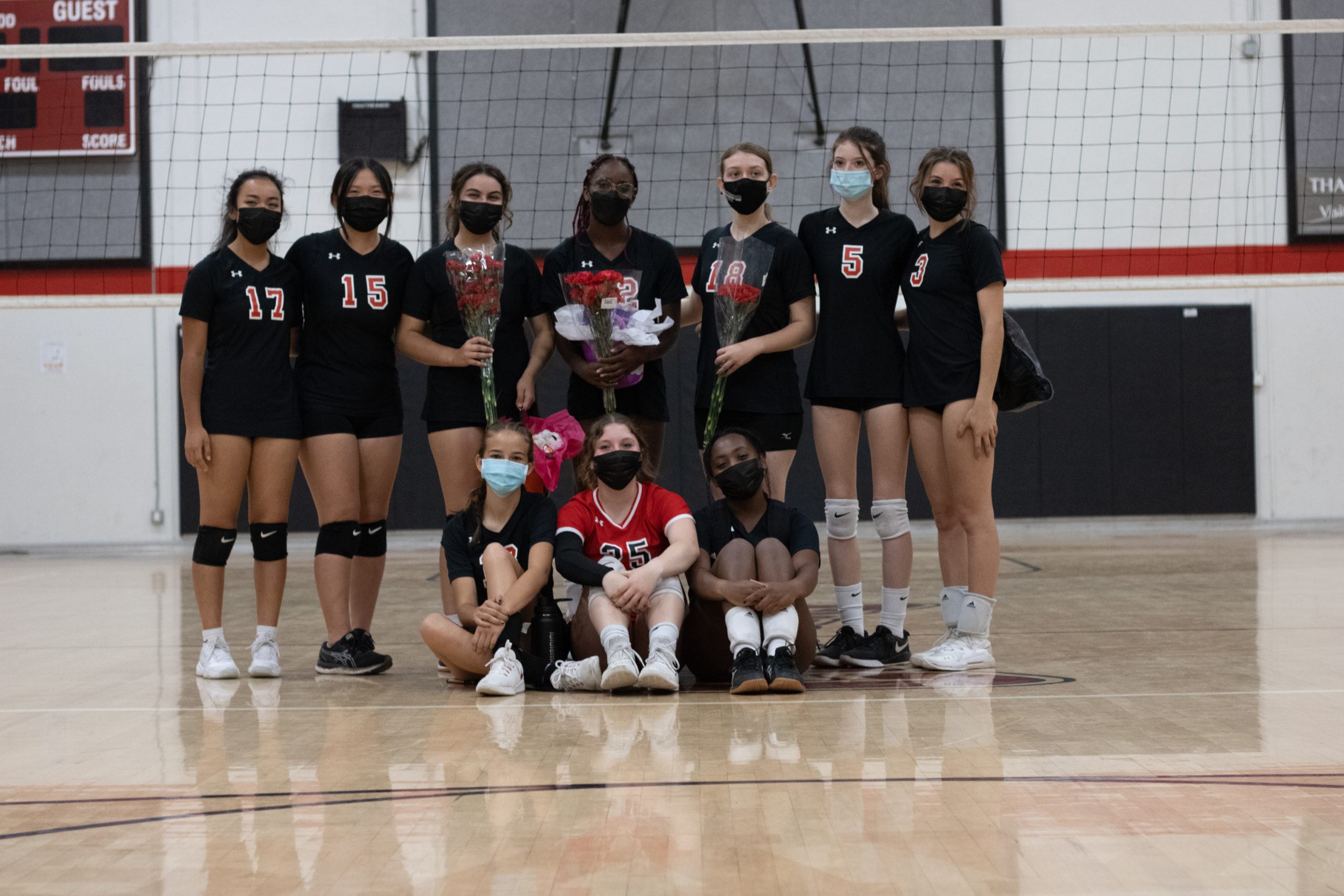Season 7 provides fitting end to interrupted ‘Clone Wars’ series
If you’ve been following “Star Wars” lately, you’ll no doubt be aware of Season 7 of “Star Wars: The Clone Wars,” which was fully released on May 4. There are many opinions about it on the internet. Mine is that it’s cinematic and action-packed and connects beautifully to the “Star Wars” universe. Overall, it’s just sick.
The season premiered on Feb. 21, and episodes were released on Disney+ once a week until the 12th and final episode, which aired on May 4, Star Wars Day.
In the “Star Wars” universe, the term “Clone Wars” applies to the period between “Episode 2: Attack of the Clones” and “Episode 3: Revenge of the Sith.” It describes the conflicts between the Jedi and clone troopers of the Galactic Republic and the battle droids of the Separatist Alliance.
Various multimedia have been set in this period, the most famous being the animated series “Star Wars: The Clone Wars” (generally known as the “Clone Wars”).
It began in August 2008 with an animated movie and was followed by six seasons of 22-minute episodes. The series stopped unfinished in 2014.
All this contributed to the hype of the seventh season, made by Disney to wrap up the loose ends of “Clone Wars” and as content for Disney+.
The seventh season mainly completes two unfinished story arcs — the Bad Batch and Ahsoka’s story.
The Bad Batch is a group of rather different clones with “desirable mutations” who use their unique abilities on various clandestine missions for the Republic.
The members of the Bad Batch seem to make a point of being unlike their clone comrades. They have a John Wick-type leader, a reclusive sniper, a giant hulk of a man and a techy guy. The moment they enter the scene, the contrast between the disciplined regular clones and these guys is apparent.
That’s precisely what Rex (the clone leader of the 501st battalion) and Anakin (general of the 501st battalion and protagonist of the “Star Wars” prequels) need. We start with them on Anaxes, where they’ve been losing rather badly to the Separatists lately. It’s clear that this is much later in the “Clone Wars” than previous seasons, the biggest indicator being Anakin’s hair. He now resembles the Anakin of “Episode 3: Revenge of the Sith.”
The Bad Batch is called to strike back at the Separatists, and the following episodes describe lots of combat and involve some pretty standard plot. It’s a little cliche but cool all the same. The combat scenes are especially good, such as when Crosshair, the sniper, takes out about 20 battle droids with one shot and a bunch of reflecting mirrors. Everything looks a lot smoother than in older “Clone Wars” seasons — another indication of how animation has improved.
The latter half of the season focuses on Ahsoka, and these are the really interesting episodes.
At first, we see Ahsoka on her lonesome. She’s left the Jedi Order and is pretty much just wandering the planet Coruscant. She makes friends with the Martez sisters, a pair struggling to make ends meet. She goes on a couple adventures with them, and it’s rather amusing to see Ahsoka try to help them with her Jedi skills while trying to keep knowledge of it from them.
It may seem like a little bit of a pointless sidequest in Ahsoka’s storyline, but it actually informs Ahsoka’s character for the following episodes. The Martez sisters force her to realize the Jedi’s flaws and see the bigger picture. She also confronts who she really is: a Jedi — or at least what the Jedi are supposed to be.
[su_spoiler title=”Spoilers” open=”no” style=”default” icon=”plus” class=””]
This leads directly into the Siege of Mandalore arc, which runs parallel to the “Revenge of the Sith” and marks the end of the “Clone Wars.”
Ahsoka is called to Mandalore to capture Darth Maul, who has set up a pretty big network of smugglers and warriors to profit from the coming upheaval of the Republic.
The fact that they ran parallel to “Revenge of the Sith” added a sense of drama and finality to the episodes. After all, the infamous Order 66 occurs in “Revenge of the Sith,” when Chancellor Palpatine orders all clones to turn against their Jedi leaders. Because of that, there’s a constant current of tension as we wait for the moment when Ahsoka is betrayed by her clones. Despite fans already knowing the outcome of the series, they had us glued to our seat and did a good job of capturing the emotional side of the fall of the Republic.
There’s also a duel between Maul and Ahsoka, which was one of the high points of the season. It was very dramatic and smoothly animated, and especially chilling as we hear Maul describe the events that are about to occur, leading to the rise of the Empire, and Ahsoka disregarding him. There are also some epic scenes when Maul and Ahsoka escape Order 66, particularly when Maul rips apart the hyperdrive of a star cruiser.
[/su_spoiler]
“Cinematic” is the perfect word for these episodes, and they are a treat for any “Star Wars” fan.
Overall, this season does a good job of wrapping up “The Clone Wars” and connecting it to “Revenge of the Sith” while being entertaining, then riveting and emotional.
—By Nihal Gulati



